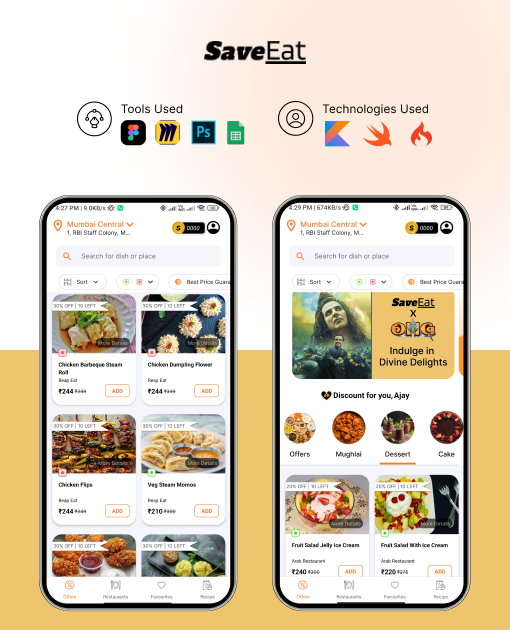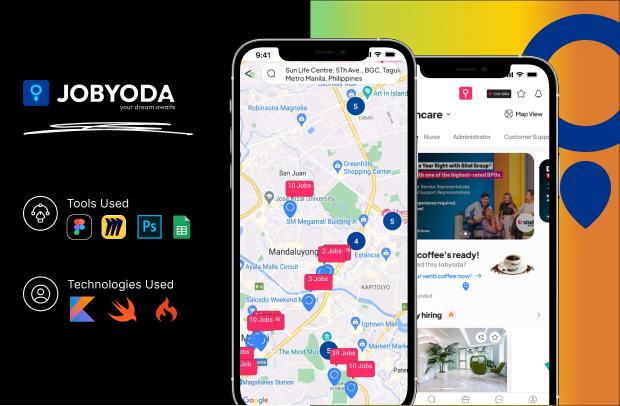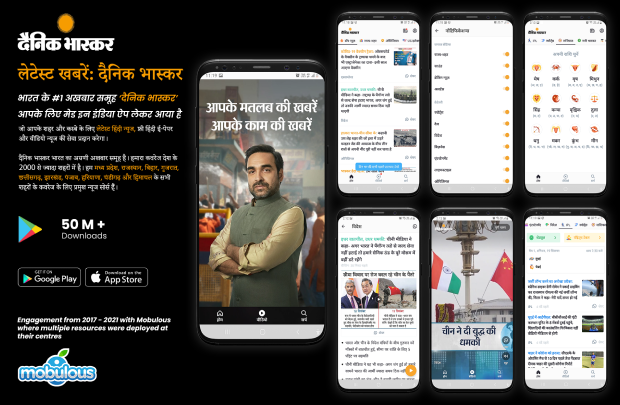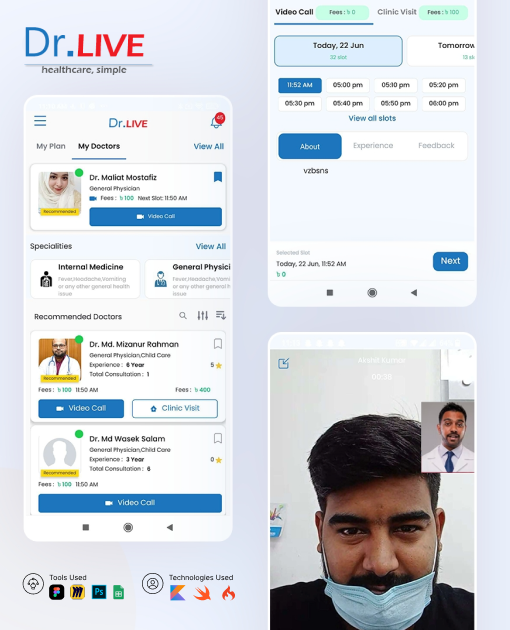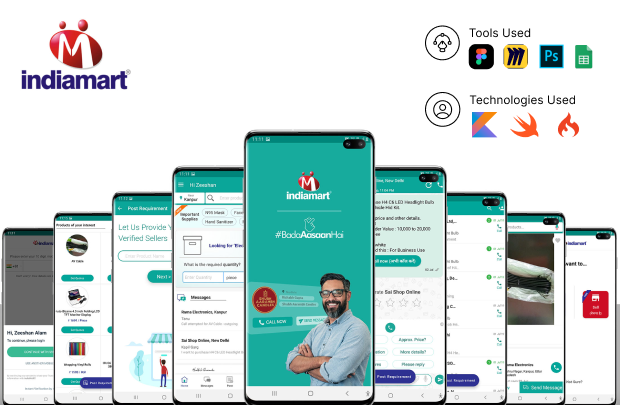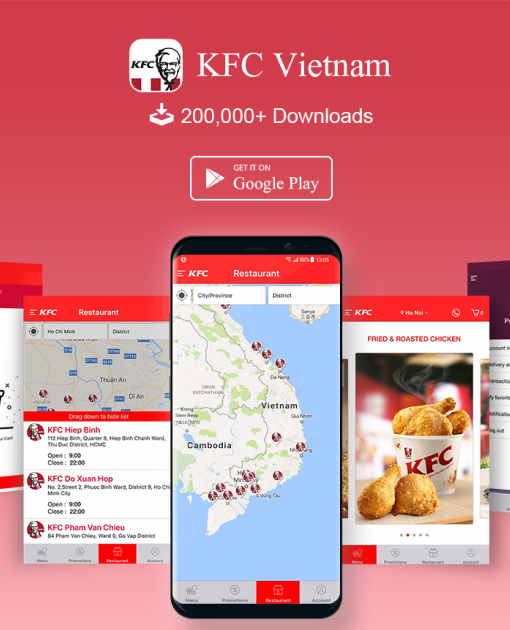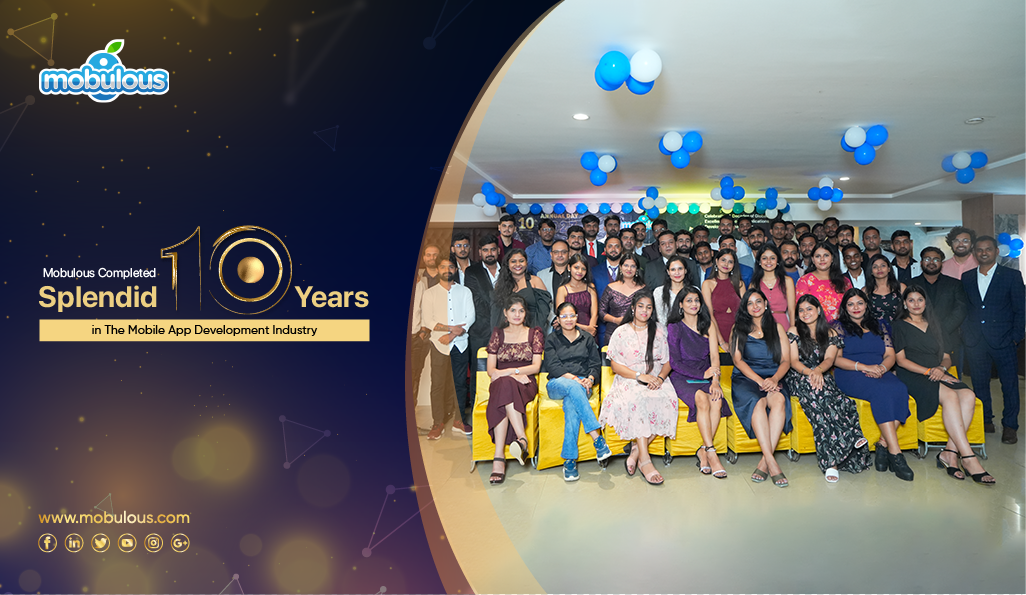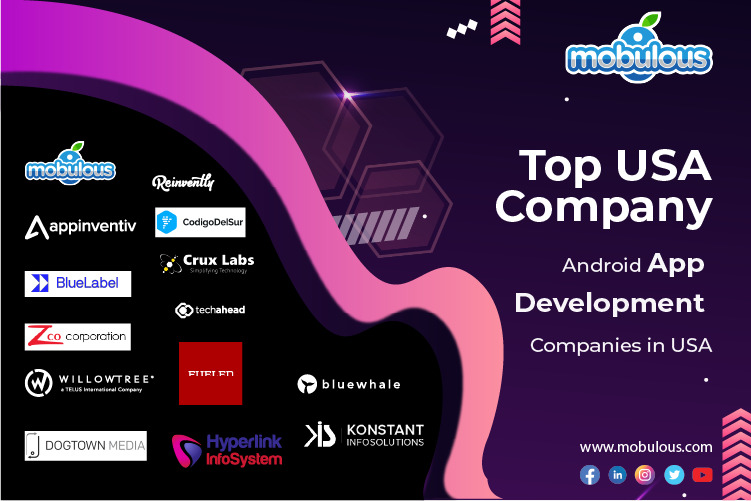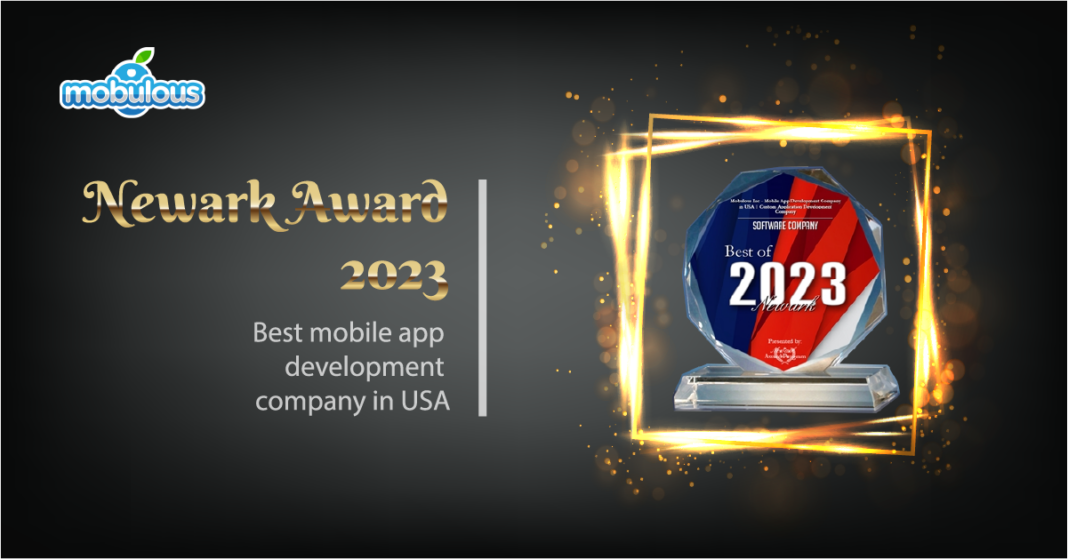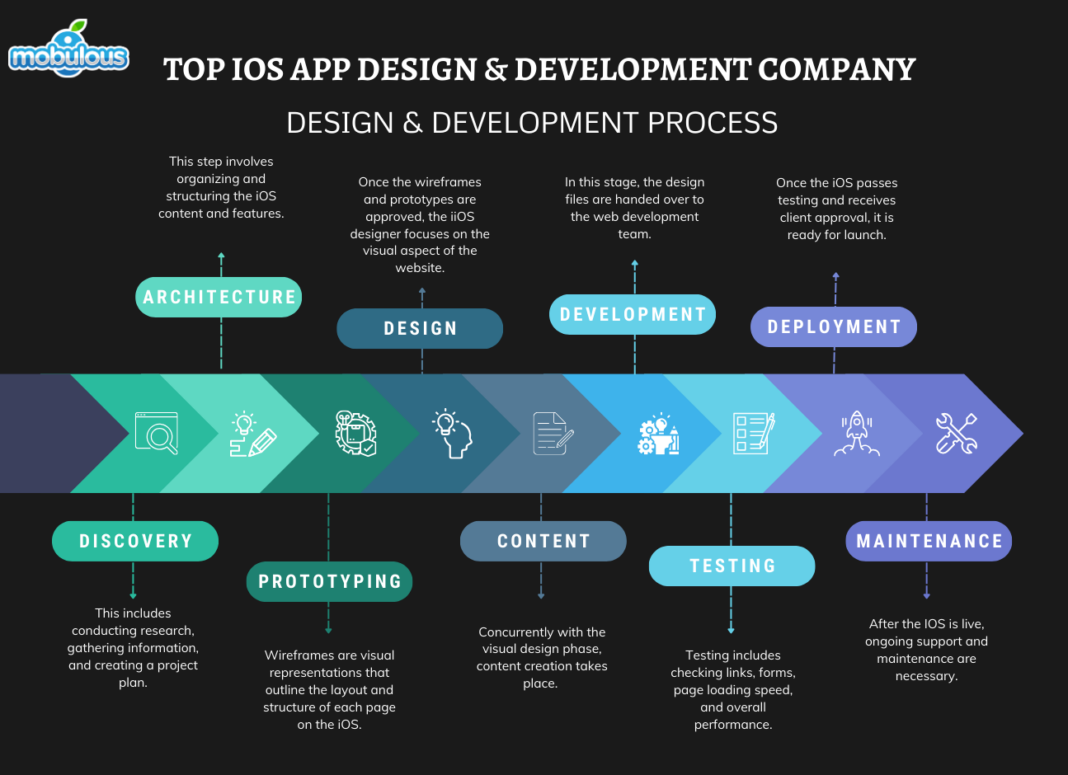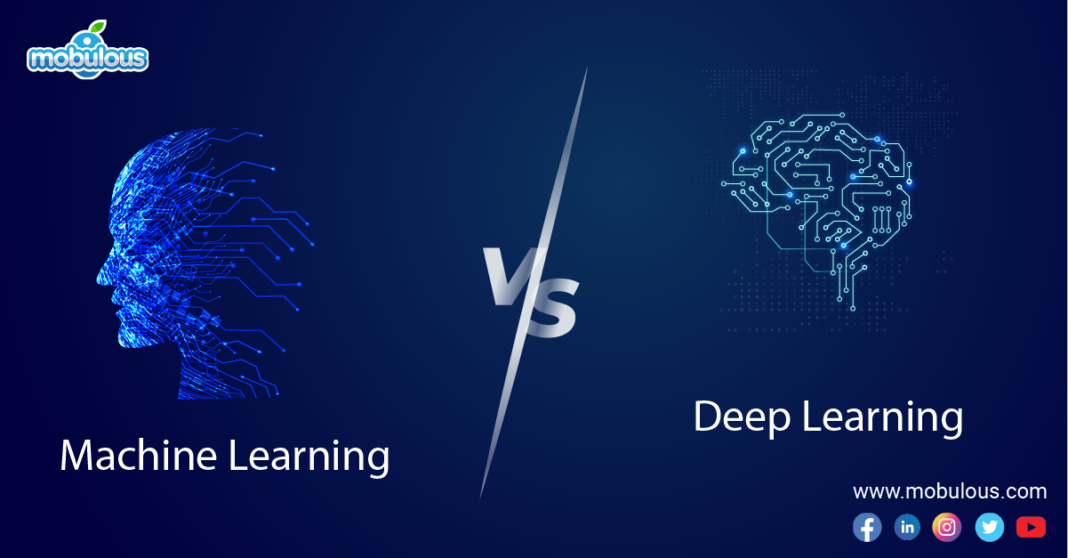What is an API?
An API or Application Programming Interface is a collection of protocols, tools, and definitions that enable diverse software applications in order to communicate with each other. It acts as a bridge, enabling one program to request data or functionality from another.
APIs define the methods and data formats that applications can use to request and exchange information, without needing to understand the internal workings of each other. They simplify software development by providing standardized ways to access features or data from other programs, services, or platforms.
APIs are crucial in modern software development, allowing for the integration of various services, enhancing functionality, and promoting interoperability between different systems and applications.
What is an SDK?
An SDK, or Software Development Kit, is a collection of software tools, libraries, documentation, code samples, processes, and guides that allow developers to create software applications on a specific platform. SDKs are designed to be used for a particular programming language or platform, such as iOS, Android, or Windows.
They typically include APIs, IDEs (Integrated Development Environments), debuggers, and other utilities that simplify the development process. SDKs provide a foundation for building applications, offering pre-written code and ready-to-use components that developers can integrate into their projects.
This saves time, reduces errors, and ensures consistency in application development, allowing developers to focus on creating unique features rather than reinventing basic functionalities.
Differences Between API & SDK
APIs & SDKs are essential tools tocreate robust applications for iOS and Android platforms. Understanding their diverse roles and capabilities is crucial for developers to select the right solution for their projects.
1. Purpose
APIs provide specific functionality for communication between applications, offering a set of protocols for data exchange. SDKs are comprehensive toolkits containing multiple tools, including APIs, for developing software on a particular platform.
2. Scope
APIs are focused on defining how applications should interact, providing endpoints for data retrieval or action execution. SDKs offer a broader range of resources, including APIs, libraries, documentation, and sample code for full application development.
3. Complexity
APIs are generally simpler, requiring less setup to use but more custom coding for implementation. SDKs are more complex, offering more out-of-the-box functionality but requiring a deeper understanding of the development environment.
4. Integration
APIs can be integrated directly into existing code, allowing for quick addition of specific features. SDKs often require a more comprehensive integration process, potentially affecting the overall structure of the application.
5. Customization
APIs provide specific endpoints, leaving most of the implementation to the developer for greater customization. SDKs offer pre-built components and tools, which can limit customization but speed up development.
6. Platform Dependency
APIs are often platform-agnostic and usable across different development environments. SDKs are typically platform-specific, designed for development on particular operating systems or frameworks, ensuring optimized performance for that platform.
Similarities Between API & SDK
APIs and SDKs play crucial roles in enabling integration and enhancing functionality. While distinct, these tools share several key similarities that make them indispensable for modern application development.
1. Development Tools
Both APIs and SDKs are essential tools for software development. They provide developers with resources to build applications more efficiently, offering pre-built components and functionalities that can be integrated into new software projects.
2. Integration Purposes
APIs and SDKs are designed to facilitate integration between different software systems or platforms. They allow developers to incorporate external features or services into their applications without building everything from scratch.
3. Code Reusability
Both promote code reusability. APIs offer endpoints for accessing specific functionalities, while SDKs often include APIs along with additional tools. This allows developers to leverage existing code and functionalities in their projects.
4. Platform Specific
APIs and SDKs are often designed for specific platforms or programming languages. They provide tailored solutions that align with the requirements and conventions of particular development environments or operating systems.
5. Documentation and Support
Both typically come with comprehensive documentation, including guides, tutorials, and code samples. This documentation is crucial for developers to understand how to effectively use the API or SDK in their projects.
6. Versioning and Updates
APIs and SDKs evolve over time, with new versions introducing improvements, bug fixes, and new features. Developers need to manage these updates to ensure compatibility and access to the latest functionalities.
What are the Key Features of Video Conferencing API/SDK?
Video Conferencing APIs and SDKs offer a robust set of features that enable developers to integrate powerful communication capabilities into their applications. These key features enhance collaboration, user experience, and functionality across various platforms.
1. Real-time Audio and Video Streaming
This feature enables high-quality, low-latency audio and video transmission between multiple participants, supports various resolutions, and adapts to different network conditions for optimal performance.
2. Screen Sharing
Screen sharing allows participants to share their screen content, including specific applications or entire desktops. This feature is essential for presentations, demonstrations, and collaborative work sessions.
3. Recording and Playback
Recording and Playback offer capabilities to record video conferences for later review or distribution, including options for cloud storage, local recording, and playback controls.
4. Chat and Messaging
Android and iOS chat apps with messaging features integrate text-based communication alongside video, enabling participants to share links, ask questions, or provide additional context without interrupting the speaker.
5. User Management
User management is a feature that provides tools for managing participants, including invitations, authentication, and role-based permissions, and allows hosts to control who can join, speak, or share content.
6. Virtual Backgrounds and Filters
Virtual backgrounds and filters implement features for background replacement or blurring, as well as video filters, enhancing privacy, and adding a fun element to video calls.
7. Breakout Rooms
It supports the creation of smaller discussion groups within a larger meeting which is useful for workshops, training sessions, or collaborative team activities.
8. Analytics and Reporting
His feature offers insights into call quality, participant engagement, and usage patterns, helping in troubleshooting issues and optimizing the conferencing experience.
9. Cross-platform Compatibility
It ensures the video conferencing solution works across various devices and operating systems, including mobile, desktop, and web browsers.
10. Customization and Branding
Customization and branding are advanced features that allow developers to tailor the user interface and features to match their application's look and feel, maintaining brand consistency.
Benefits of Video Conferencing API & SDK Integration
Video conferencing API & SDK integration offers several benefits, encompassing seamless user experience, customization and branding, cost-effective solutions, scalability, etc. Let’s understand them in a bit more detail.
1. Seamless User Experience
Video conferencing API & SDK integration allows users to access video conferencing directly within your application, eliminating the need to switch between platforms, and enhancing user engagement and productivity.
2. Customization and Branding
APIs and SDKs enable developers to tailor the video conferencing interface to match their application's look and feel, maintaining brand consistency and creating a unified user experience.
3. Cost-Effective Solution
By integrating API and SDK into the existing video conferencing technologies, businesses can avoid the high costs and time investment of developing their own video conferencing solution from scratch.
4. Scalability
Video conferencing APIs and SDKs are designed to handle varying loads, allowing your application to scale effortlessly from one-on-one calls to large group conferences without compromising performance.
5. Cross-Platform Compatibility
Video conferencing API & SDK integration with cross-platform app development ensures your video conferencing feature works across multiple devices and platforms, including web, mobile, and desktop applications, broadening your user base and accessibility.
6. Enhanced Features
APIs and SDKs often come with advanced features like screen sharing, recording, and virtual backgrounds, enriching your application's functionality without additional development effort.
7. Improved Security
Many video conferencing APIs and SDKs offer robust security measures, including end-to-end encryption and secure authentication, ensuring that your users' communications remain private and protected.
8. Analytics and Insights
Video conferencing API & SDK-integrated solutions often provide detailed analytics on usage patterns, call quality, and user engagement, offering valuable insights for continuous improvement and decision-making.
What are the Pricing Models and Costs Associated With Using API/SDK?
The pricing models and costs associated with using a video conferencing API & SDK integration company typically vary based on usage and features. Common pricing models include the following:
- Pay-as-you-go: Charges are based on the actual usage, such as the number of minutes used in video calls, which is suitable for variable or low-volume usage.
- Monthly/Annual Subscriptions: Fixed pricing based on tiers, offering different levels of features and usage limits. This is ideal for consistent or high-volume usage.
- Freemium: Basic features are available for free with limited usage, while advanced features and higher usage limits require a paid subscription.
- Enterprise Plans: Customized pricing for large organizations, offering tailored features, higher usage limits, and dedicated support.
Costs may also vary based on additional factors such as the number of participants, HD/SD video quality, recording storage, and customer support levels. It's essential to review the video conferencing API & SDK integration company’s pricing details to choose the most cost-effective plan for your needs.
What Platforms Are Supported by API/SDK?
When selecting a video conferencing API/SDK, it is essential to ensure it supports the platforms you intend to use. Most leading video conferencing APIs/SDKs support multiple platforms, including:
1. Web
- APIs and SDKs for web applications are typically implemented using JavaScript. They enable video conferencing features to be integrated directly into websites and web apps.
- Commonly supported browsers include Chrome, Firefox, Safari, and Edge.
2. Android
- Android SDKs are available for integrating video conferencing functionalities into mobile applications.
- These SDKs are usually implemented using Java or Kotlin and can be used within Android Studio.
3. iOS
- iOS SDKs allow for video conferencing integration in iPhone and iPad applications.
- These SDKs are typically implemented using Swift or Objective-C and can be integrated using Xcode.
4. Windows and macOS
- Desktop SDKs for native applications on Windows and macOS, typically implemented using languages like C++ or frameworks like .NET.
5. Cross-Platform Frameworks
- Some APIs/SDKs support frameworks like React Native, Flutter, and Xamarin, enabling cross-platform mobile app development.
How Scalable is API/SDK for Large Meetings or Webinars?
The scalability of a video conferencing API/SDK for large meetings or webinars depends on the provider's infrastructure and features. Leading providers like Zoom, Twilio, and Agora offer highly scalable solutions, supporting thousands of participants per session.
They ensure scalability through cloud-based architecture, distributed servers, and dynamic resource allocation. Features such as adaptive bitrate streaming, load balancing, and real-time analytics enhance performance during large-scale events.
Additionally, advanced plans typically include dedicated support and custom configurations to handle increased loads efficiently, ensuring seamless and reliable video conferencing for large audiences.
What are The Security Measures in Place for API/SDK
Ensuring the security of video conferencing APIs/SDKs is crucial, therefore various security measures are implemented to protect data, ensure privacy, and maintain the integrity of communications.
- End-to-End Encryption: Ensures that data transmitted during video calls is encrypted from sender to receiver, preventing unauthorized access.
- Authentication: Uses secure token-based authentication to verify and authorize users before granting access to video conferencing services.
- Data Encryption: Encrypts data both in transit and at rest, protecting sensitive information from interception and unauthorized access.
- Secure APIs: Utilizes HTTPS protocols and secure API endpoints to safeguard communication between client applications and servers.
- Access Controls: Implements role-based access controls to restrict permissions and ensure only authorized users can access specific features and data.
What are the Prerequisites for Integrating API/SDK?
Before integrating a video conferencing API/SDK, certain prerequisites must be met in order to ensure a smooth and efficient process. Here are the essential requirements to get started.
- Development Environment: Set up your preferred development environment (e.g., Visual Studio Code, Android Studio, Xcode) to write and manage your code efficiently.
- API/SDK Account: Register for an account with the API/SDK provider to obtain necessary credentials like API keys and access tokens.
- Programming Knowledge: Have a basic understanding of the programming languages and frameworks (e.g., JavaScript, Java, Swift) relevant to your target platforms.
- Dependencies: Install required dependencies and libraries specific to the API/SDK to ensure smooth integration and functionality.
- Network Configuration: Ensure proper network settings and permissions to allow communication between your application and the API/SDK servers.
What Kind of Support is Available For Developers Integrating API/SDK?
When integrating an API/SDK, various support resources are available to assist developers, including detailed documentation, technical support, community forums, sample code, and training materials to ensure a smooth integration.
- Detailed Documentation: Comprehensive guides, API references, and integration tutorials are provided to help developers understand and implement the API/SDK effectively.
- Technical Support: Access to dedicated support teams via email, chat, or phone to resolve technical issues and answer integration-related questions.
- Community Forums: Online communities or forums where developers can ask questions, share solutions, and collaborate with others using the same API/SDK.
- Sample Code: Pre-built code snippets and sample applications to demonstrate common use cases and accelerate the integration process.
- Training and Webinars: Educational resources, including training sessions and webinars, to help developers gain in-depth knowledge and best practices for using the API/SDK.
How Frequently is the API/SDK Updated and How are Updates Communicated to Developers?
API/SDK updates are typically released on a regular schedule, such as monthly or quarterly, to introduce new features, fix bugs, and improve performance.
Updates are communicated to developers through several channels, including email notifications, release notes on the provider's website, and announcements in developer forums or community platforms. Some providers also offer changelogs and version histories to track modifications.
Developers must stay informed about these updates to maintain compatibility and leverage new features effectively. Regularly reviewing documentation and subscribing to update notifications helps ensure your application remains up-to-date.
How to Integrate API/SDK With Other Third-Party Services or APIs?
Integrating an API/SDK with other third-party services or APIs involves several key steps that ensure seamless interaction and functionality between different systems, enhancing your application's capabilities.
1. Identify Integration Points
Determine where and how the API/SDK will interact with other third-party services or APIs to establish clear integration requirements and objectives.
2. Review Documentation
Study the documentation of both the API/SDK and third-party services to understand their functionalities, endpoints, and data formats for seamless integration.
3. Obtain Credentials
Secure API keys or access tokens from third-party services to authenticate and authorize your application’s interactions with their APIs.
4. Design Data Flow
Plan how data will be exchanged between the API/SDK and third-party services, including mapping data structures and handling data transformations.
5. Implement Integration
Write the necessary code to connect the API/SDK with third-party services, ensuring proper handling of requests, responses, and error conditions.
6. Test Thoroughly
Conduct extensive testing to validate that the integration works as expected, including functional, performance, and security testing across different scenarios.
7. Monitor and Maintain
Continuously monitor the integration for issues or changes, and update your implementation as needed based on updates from the API/SDK or third-party services.
Right Technology Stack for Video Conferencing API & SDK Integration
Selecting the right technology stack for video conferencing API & SDK integration is crucial because it affects performance, scalability, compatibility, development speed, and cost-effectiveness, ensuring smooth implementation and optimal user experience.
1. Core Technologies
WebRTC (Web Real-Time Communication): This is the foundation for most modern video conferencing solutions. It enables real-time audio, video, and data communication directly between browsers and devices.
2. Server-side Technologies
- Programming Languages: Node.js, Python, or Java are commonly used for building the backend infrastructure.
- Signaling Server: Handles session establishment and communication coordination. Can be implemented using WebSockets or HTTP long-polling.
- TURN/STUN Servers: Help with NAT traversal and relay audio/video streams when peer-to-peer connections aren't possible.
3. Client-side Technologies
4. APIs and SDKs
Several established video conferencing API & SDK integration companies are offering comprehensive APIs and SDKs:
- Twilio Video
- Agora.io
- Vonage Video API (formerly TokBox OpenTok)
- Amazon Chime SDK
- Zoom Video SDK
5. Additional Components
- Database: For user management and session persistence (e.g., PostgreSQL, MongoDB)
- Authentication: OAuth 2.0, JWT for secure access
- Cloud Services: AWS, Google Cloud, or Azure for scalable infrastructure
6. Development Tools
- Version Control: Git
- CI/CD: Jenkins, GitLab CI, or GitHub Actions
- Testing: Jest, Mocha for JavaScript; XCTest for iOS; JUnit for Android
7. Monitoring and Analytics
- Logging: ELK stack (Elasticsearch, Logstash, Kibana)
- Performance Monitoring: New Relic, Datadog
How a Video Conferencing API & SDK Integration Company Can Help You?
An advanced video conferencing API & SDK integration company offers specialized expertise to streamline your communication solutions, providing tailored implementations, and ensuring seamless functionality, scalability, and security while saving you time and resources in the process.
1. Expertise and Experience
A leading video conferencing API & SDK integration company possesses specialized knowledge in video conferencing technologies. Their experience with various platforms and APIs allows them to navigate complex integration challenges efficiently, saving you time and resources while ensuring optimal implementation.
2. Customization and Scalability
A reliable video conferencing API & SDK integration company can tailor solutions to your specific needs, whether for small-team collaborations or large-scale enterprise deployments. This customization ensures the video conferencing integration scales with your business growth and adapts to changing requirements over time.
3. Cross-platform Compatibility
Integration experts at the trusted video conferencing API & SDK integration company ensure your video conferencing solution works seamlessly across different devices and operating systems. They handle the intricacies of maintaining consistent functionality and user experience on web, mobile, and desktop platforms.
4. Security and Compliance
An ultimate video conferencing API & SDK integration company is well-versed in implementing robust security measures and ensuring compliance with industry standards. It can help you navigate data protection regulations, implement end-to-end encryption, and secure your video conferencing infrastructure against potential threats.
5. Technical Support and Maintenance
Ongoing support is crucial for smooth operations. A video conferencing API & SDK integration company provides troubleshooting, regular updates, and maintenance services. This ensures your video conferencing solution remains up-to-date, secure, and performs optimally, allowing you to focus on your core business.
6. Cost-Effective Solutions
By leveraging the video conferencing API & SDK integration company’s expertise, you can avoid costly mistakes and inefficiencies in the integration process. They can recommend the most suitable APIs and SDKs for your needs, potentially reducing licensing costs and optimizing resource usage for a more cost-effective implementation.
How to Choose a Genuine Video Conferencing API & SDK Integration Company?
Selecting a genuine video conferencing API & SDK integration company is crucial for successful implementation. Therefore, we have explained proper steps with key factors to consider, ensuring you partner with a reliable video conferencing API & SDK integration company for your communication needs.
1. Experience and Expertise
Look for a notable video conferencing API & SDK integration company with a proven track record in video conferencing integration. Check their portfolio and case studies to assess their experience with various APIs and SDKs. Ensure they have expertise in your specific industry or use case.
2. Technical Proficiency
Evaluate their knowledge of current video conferencing technologies, including WebRTC, various APIs, and mobile development. A genuine video conferencing API & SDK integration company should demonstrate a deep understanding of both front-end and back-end integration challenges and solutions.
3. Customization Capabilities
Assess their ability to tailor solutions to your specific needs. A reputable video conferencing API & SDK integration company should offer flexible integration options, allowing for customization of features, user interface, and backend processes to match your unique requirements.
4. Security Measures
Prioritize a trusted video conferencing API & SDK integration company that emphasizes security in their integration process. It should be well-versed in implementing end-to-end encryption, secure authentication methods, and compliance with data protection regulations relevant to your industry and location.
5. Support and Maintenance
Choose a video conferencing API & SDK integration company that offers comprehensive post-integration support, including troubleshooting, regular updates, and proactive maintenance. Their support team should be readily available and capable of addressing both technical and user-related issues promptly.
6. Client References and Reviews
Request and check client references. Read online reviews and testimonials. A genuine video conferencing API & SDK integration company will have positive feedback from previous clients and be transparent about their work history and client relationships.
7. Pricing and Value
While cost is important, focus on value rather than just the lowest price. A genuine video conferencing API & SDK integration company will provide transparent pricing, explain its cost structure clearly, and demonstrate how its services offer long-term value for your investment.
 Contact us
Contact us



















